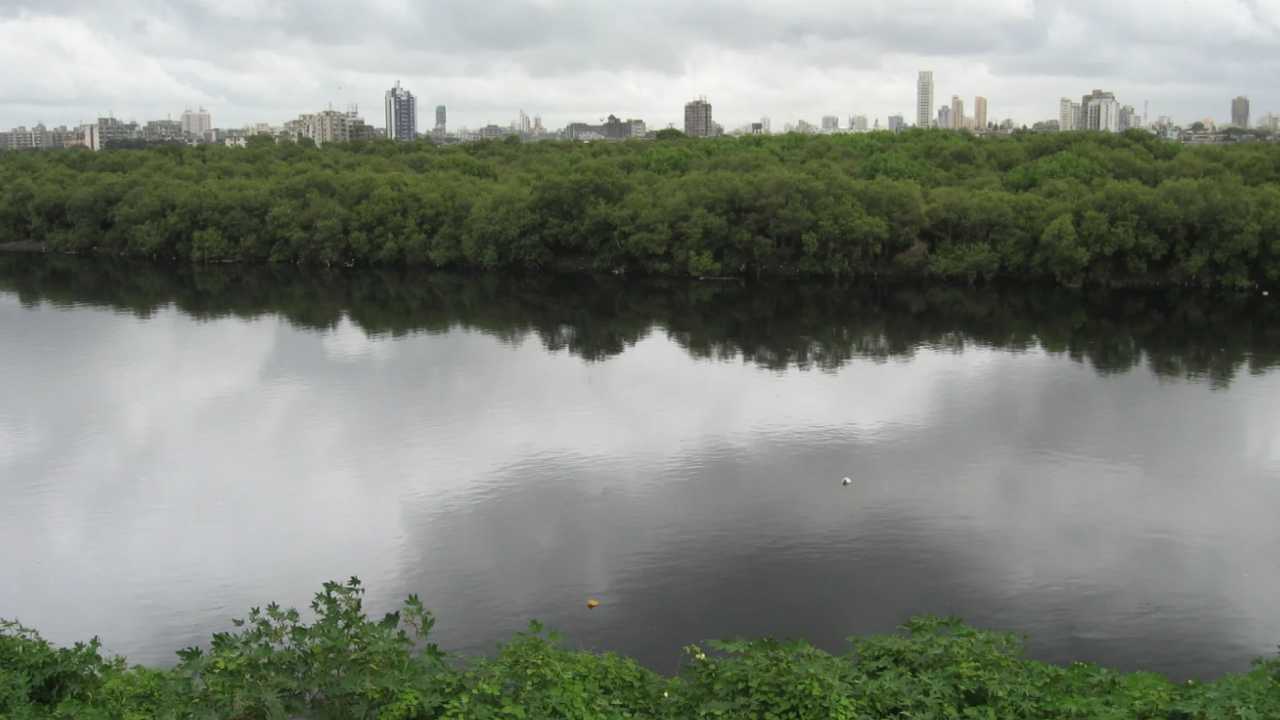Mithi river in Mumbai has remained ‘polluted to heavily polluted’ for the past 11 years, says a report published by the Maharashtra Pollution Control Board (MPCB).
The 17.8 km long river was found once, in the year 2012-13, in the non-polluted category. The water quality index (WQI) of the river was 44 in 2020-21, an Indian Express article said, quoting the MPCB report.
River Mithi, which originates at Vihar Lake, within the precincts of Borivali National Park, traverses through slums, squatters, industrial and residential complexes of Powai, Saki Naka, Kurla, Dharavi and Vakola before ending at Mahim creek and finally into the Arabian Sea, which is filled with water hyacinth, garbage, plastic and sewage.
Mithi river continues to remain a cause of concern despite years of desilting and cleaning exercises. In early 2021, Brihanmumbai Municipal Corporation’s (BMC) standing committee gave its approval for the construction of tunnels to prevent the discharge of raw sewage and wastewater into the Mithi river. However, the project is pending environmental clearance.
The report on the Water Quality Status of Maharashtra 2020-21 was published by MPCB last week. The board measured pollution levels using the WQI, which provides a single number on overall water quality.
The board considered 43 parameters to calculate WQI, including core parameters of pH level, dissolved oxygen, biochemical oxygen demand or BOD and faecal coliform.
While 38 or less reading is ‘bad to very bad’ or heavily polluted (red), a reading of 38-50 is ‘bad’ or polluted (orange); 50-63 is ‘medium to good’ or non-polluted (yellow); and 63-100 is ‘good to excellent (green). The overall WQI of the Mithi river for the year was 44, falling in the polluted category.
The Mithi and Mahim creek, into which the river flows, were the only two listed water bodies in Mumbai. Both of the water bodies were found to be heavily polluted in April 2020, with pollution levels at 25.84 and 37.55, respectively. Versova, Juhu, Nariman Point, Gateway of India, Malabar Hill, Girgaum Chowpatty, Haji Ali, Shivaji Park Dadar and Worli Sea Face recorded levels between 51 and 58, that is, yellow category or non-polluted, in April 2020.


























